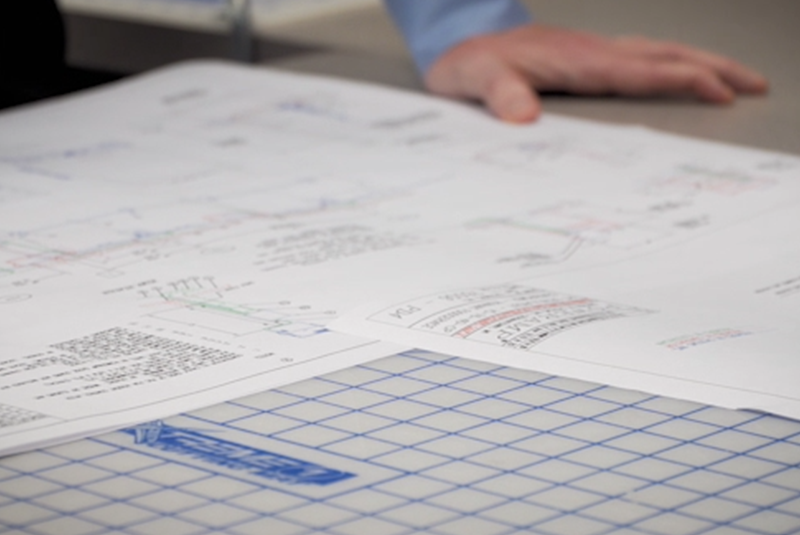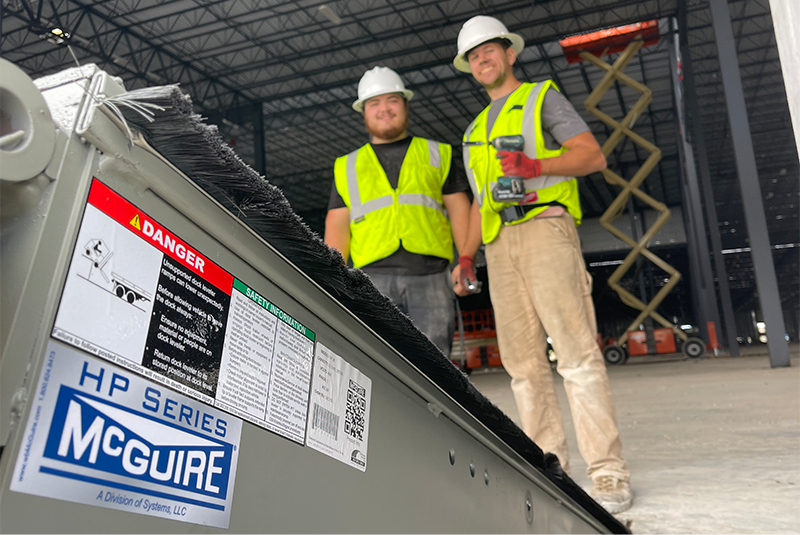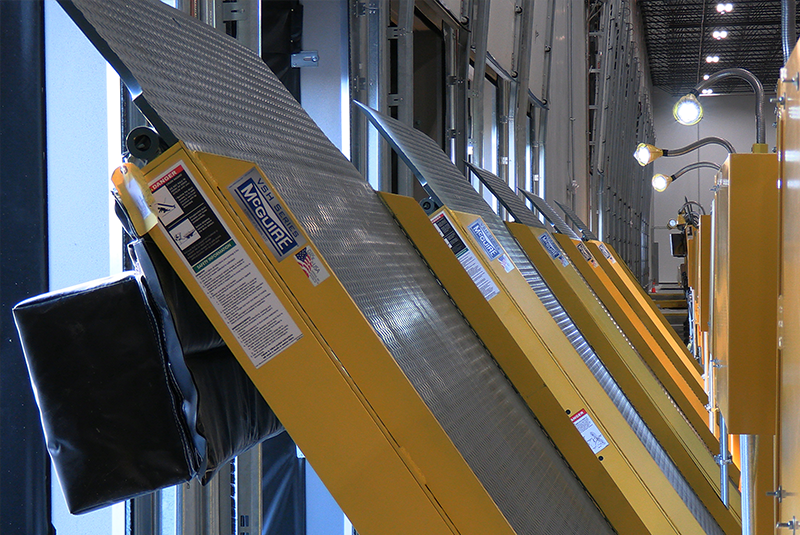DOCK PLANNING GUIDE

Guide to Loading Dock Design & Construction
 The loading dock is essential to any business. As a vital part of prosperity, it should operate safely, efficiently, and dependably. After all, when a dock is shut down, so is the business.
The loading dock is essential to any business. As a vital part of prosperity, it should operate safely, efficiently, and dependably. After all, when a dock is shut down, so is the business.
Planning a loading dock operation is an integral part of any facility’s design process.
This dock planning guide contains valuable information about designing the dock area and specifying equipment for new construction and remodeling/retrofit applications. Developing plans for new dock equipment should be simplified with this reference material and assistance by local representatives from McGuire.
Looking to design a loading dock? Be sure to read our full dock planning guide. To get in touch with a representative in your area, email us at info→wbmcguire.com or call us at (800) 643-542.

Site Design
There are many types of loading dock designs, but not all are configured with efficient, logical, safe, and easy to access criteria. The loading dock is probably the busiest area of your building in terms of traffic. Forklifts, pallet jacks, and pedestrians must operate simultaneously around the dock area.
Efficiency is important to any business. Layout your dock area in a logical manner. The more traffic you create through poor design will mean less productivity and an unsafe area. Traffic patterns should be clearly laid out for operators. Two-way traffic is acceptable only where aisles are wide enough for vehicles to pass. Traffic patterns should be one-way and circular, or two-way when only one operator is running. A well designed traffic pattern will make loading/unloading operations smooth and quick.

Loading Dock Design
Although efficiency is the key to selecting the best dock locations, you must also take safety into consideration. Proper planning and space management will reduce the chance of accidents and give both vehicles and pedestrians unobstructed access to the dock.
To begin planning for the loading docks in your facility you need to evaluate the:
• Truck configurations and number of trucks per day
• Dimensions of loading docks and doors
• Characteristics of the building processes
Once these have been evaluated you can then consider the dock height, loading bay width, and the building interior layout adjacent to the docks.

Equipment Selection
Loading dock levelers bridge the gap between the inside of the building and the semi-trailer. During loading and unloading the leveler must be able to compensate for the up and down movement of the trailer. It must also be able to support extremely heavy loads, and service a wide range of trailers. A dock leveler includes a ramp which is hinged along its rear edge and a lip that is hinged at the front of the ramp. Dock levelers use similar operations where the ramp is raised, the lip swings out and once the lip is extended the ramp will lower on to the bed of the truck.
The two most common levelers are:
• Recessed dock leveler (pit style) - installed into a pit that is formed in the loading platform
• Edge-of-dock leveler - installed onto the curb face of the loading platform

